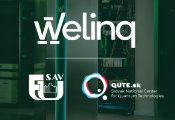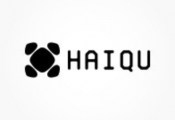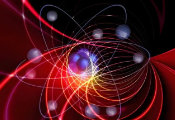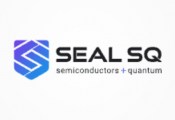UC Irvine-Led Research Team Discovers New Property of Light
Irvine, Calif., May 6, 2024 – A research team headed by chemists at the University of California, Irvine has discovered a previously unknown way in which light interacts with matter, a finding that could lead to improved solar power systems, light-emitting diodes, semiconductor lasers and other technological advancements.
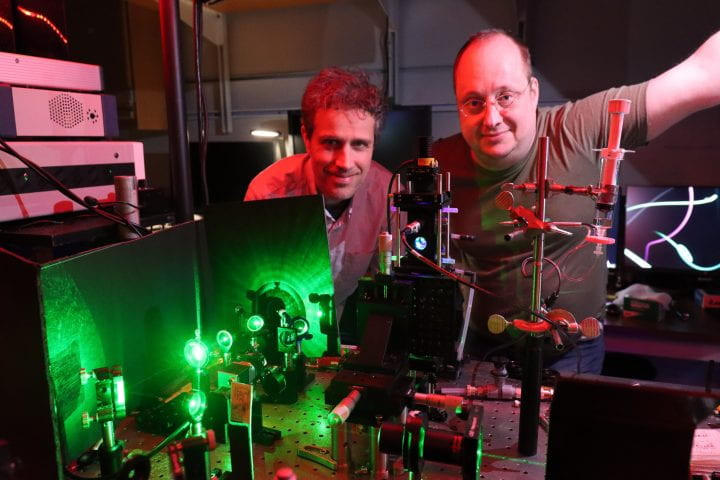
In a paper published recently in the journal ACS Nano, the scientists, joined by colleagues at Russia’s Kazan Federal University, explain how they learned that photons can obtain substantial momentum, similar to that of electrons in solid materials, when confined to nanometer-scale spaces in silicon.
“Silicon is Earth’s second-most abundant element, and it forms the backbone of modern electronics. However, being an indirect semiconductor, its utilization in optoelectronics has been hindered by poor optical properties,” said lead author Dmitry Fishman, UC Irvine adjunct professor of chemistry.
He said that while silicon does not naturally emit light in its bulk form, porous and nanostructured silicon can produce detectable light after being exposed to visible radiation. Scientists have been aware of this phenomenon for decades, but the precise origins of the illumination have been the subject of debate.
“Our discovery of photon momentum in disordered silicon is due to a form of electronic Raman scattering,” said co-author Eric Potma, UC Irvine professor of chemistry. “But unlike conventional vibrational Raman, electronic Raman involves different initial and final states for the electron, a phenomenon previously only observed in metals.”
For their experiments, the researchers produced in their laboratory silicon glass samples that ranged in clarity from amorphous to crystal. They subjected a 300-nanometer-thick silicon film to a tightly focused continuous-wave laser beam that was scanned to write an array of straight lines. In areas where the temperature did not exceed 500 degrees Celsius, the procedure resulted in the formation of a homogenous cross-linked glass. In areas where the temperature exceeded 500 C, a heterogeneous semiconductor glass was formed. This “light-foamed film” allowed the researchers to observe how electronic, optical and thermal properties varied on the nanometer scale.
“This work challenges our understanding of light and matter interaction, underscoring the critical role of photon momenta,” Fishman said. “In disordered systems, electron-photon momentum matching amplifies interaction – an aspect previously associated only with high-energy – gamma – photons in classical Compton scattering. Ultimately, our research paves the way to broaden conventional optical spectroscopies beyond their typical applications in chemical analysis, such as traditional vibrational Raman spectroscopy into the realm of structural studies – the information that should be intimately linked with photon momentum.”
Potma added: “This newly realized property of light no doubt will open a new realm of applications in optoelectronics. The phenomenon will boost the efficiency of solar energy conversion devices and light-emitting materials, including materials that were previously considered not suitable for light emission.”

